Crabapple Feeding Requirements: Learn How To Fertilize A Crabapple Tree
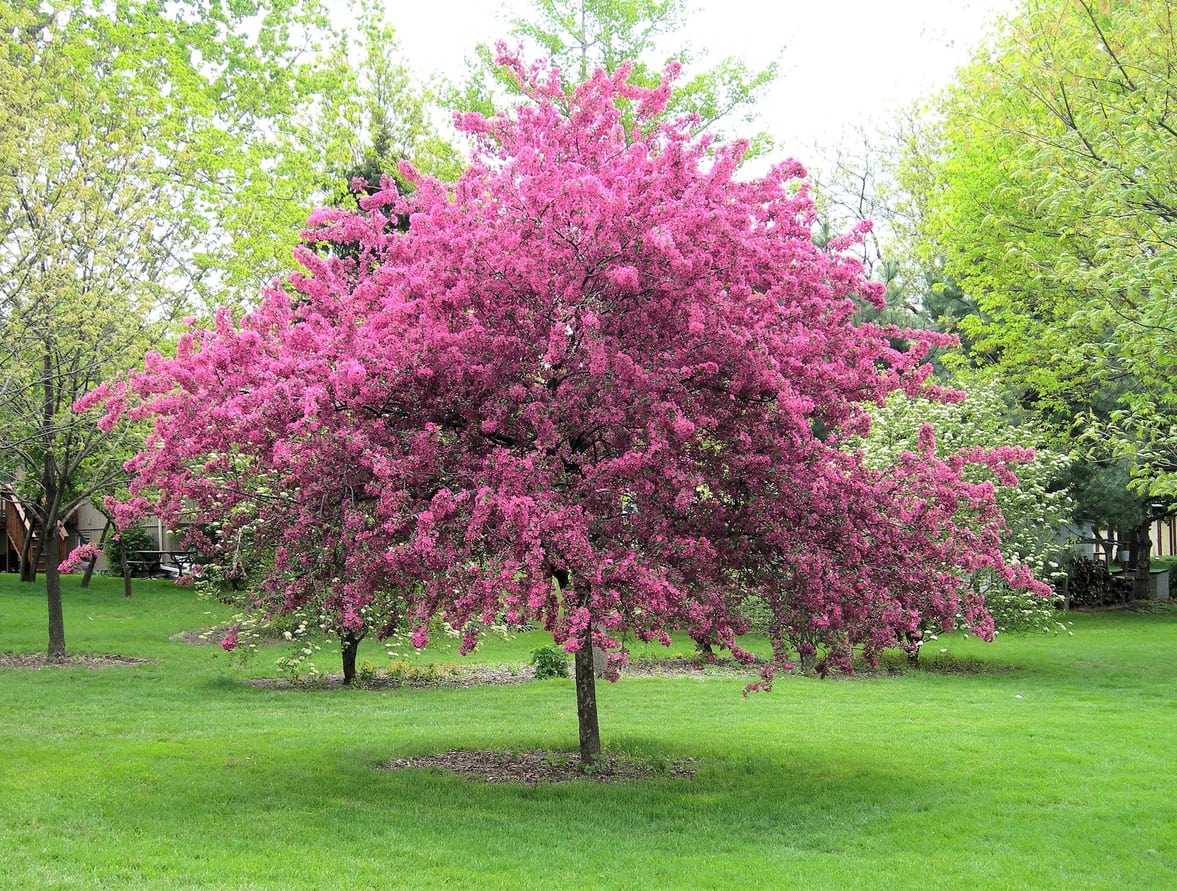

Flowering crabapple is a popular ornamental tree that many people choose for landscaping for the attractive shape, spring flowers, and low-maintenance needs. Despite its hands-off nature, feeding a crabapple may be necessary to promote growth and health.
Crabapple Fertilizer Needs
Crabapple feeding should be balanced: not enough fertilizer and the tree may not grow well or only very slowly, but too much fertilizer can make it grow in an unhealthy way and make it more susceptible to diseases like fire blight. Excessive fertilizer can also promote more leaf growth and restrict the number of flowers that develop. In general, crabapples don’t need a lot of fertilizing in the first year. Instead, use an organic material, like compost, to prepare the soil before planting. You may also want to consider testing the soil first to determine if there are any nutrient deficiencies. If there are, they can be addressed first to prevent problems later. A general 10-10-10 fertilizer is a good choice for feeding a crabapple tree. Another recommendation is to use 1 to 2 pounds (0.5-1 kg.) of fertilizer per 100 square feet (9.29 sq. m.) of ground around the tree. The root system extends about 20 to 30 feet (6-9 m.) beyond the edge of the crown of the tree. You can use this information to calculate the area and determine the fertilizer needs but stick to the low end of the recommendation for crabapples. The best time to fertilize is in fall or late winter.
How to Fertilize a Crabapple
There are several methods for fertilizing crabapples. Two of these are not recommended any longer by most experts: drilling holes in the ground around the tree and inserting fertilizer and using stake fertilizers inserted into the ground. Both have been found to be less effective than simply spreading fertilizer on the ground. This preferred method, however, is simple to do. Measure the amount of fertilizer needed and use a spreader to evenly distribute it on the ground. Alternatively, you can spread it by hand, but be sure to wear gloves to handle the fertilizer.
Gardening tips, videos, info and more delivered right to your inbox!
Sign up for the Gardening Know How newsletter today and receive a free copy of our e-book "How to Grow Delicious Tomatoes".

Mary Ellen Ellis has been gardening for over 20 years. With degrees in Chemistry and Biology, Mary Ellen's specialties are flowers, native plants, and herbs.
-
 Get Ready For A Summer Of Hummers! Grow These Full Sun Hummingbird Plants and Flowers
Get Ready For A Summer Of Hummers! Grow These Full Sun Hummingbird Plants and FlowersIf you’re lucky enough to enjoy a sunny backyard, make sure you are maxing out on your pollinator opportunities and grow these full sun hummingbird plants and flowers
By Tonya Barnett
-
 12 Lush Alternatives To A Lawn For Sustainable Spaces
12 Lush Alternatives To A Lawn For Sustainable SpacesAlternatives to a lawn are beautiful and also beneficial to your local ecosystem and its pollinators. Explore our top picks for plants to replace grass.
By Tonya Barnett
-
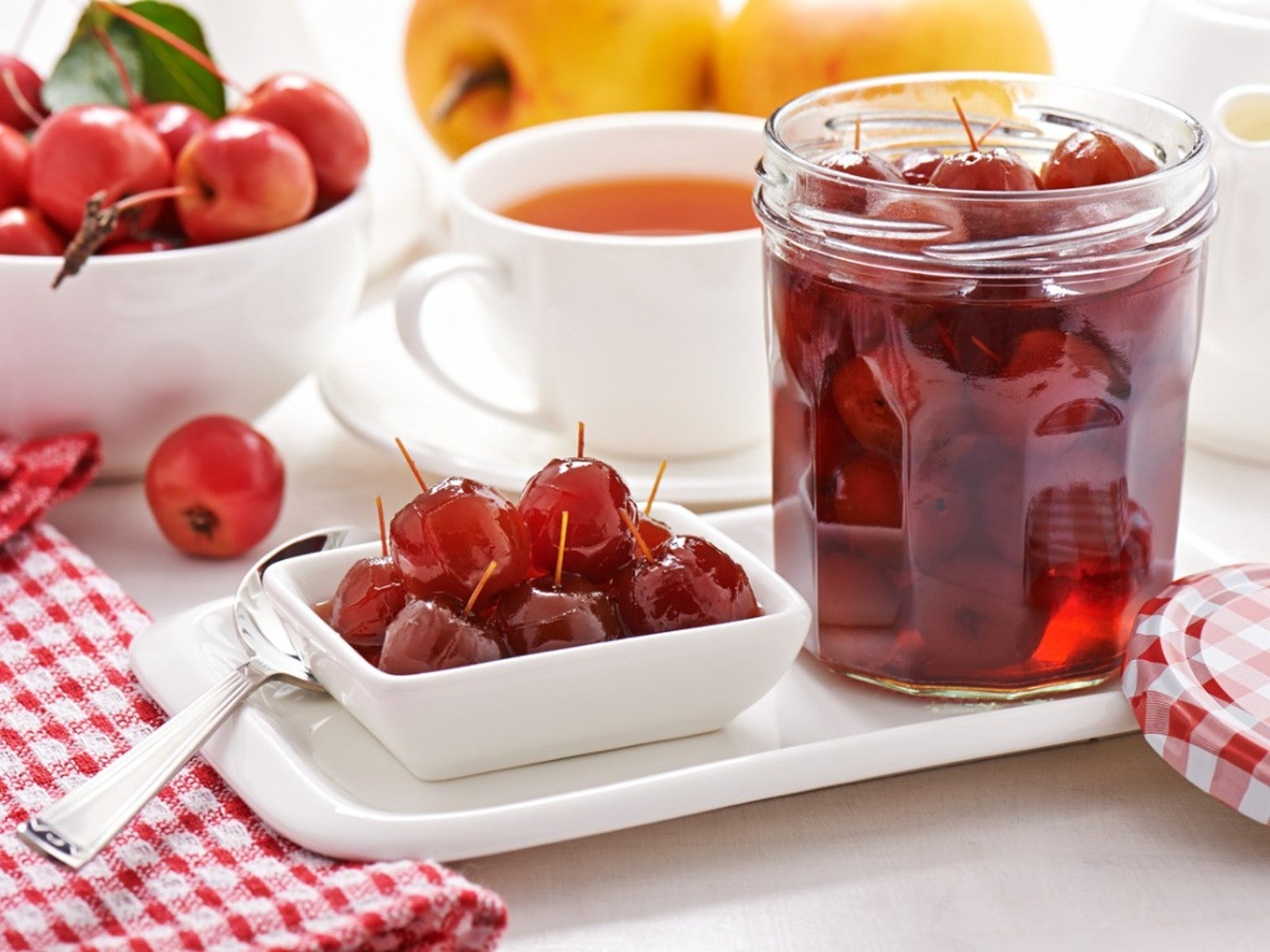 Crabapples Recipe Ideas To Add To Your Thanksgiving Menu
Crabapples Recipe Ideas To Add To Your Thanksgiving MenuCrabapple preserves make a delightfully tart treat. Learn here how to make a simple crabapple jelly.
By Bonnie L. Grant
-
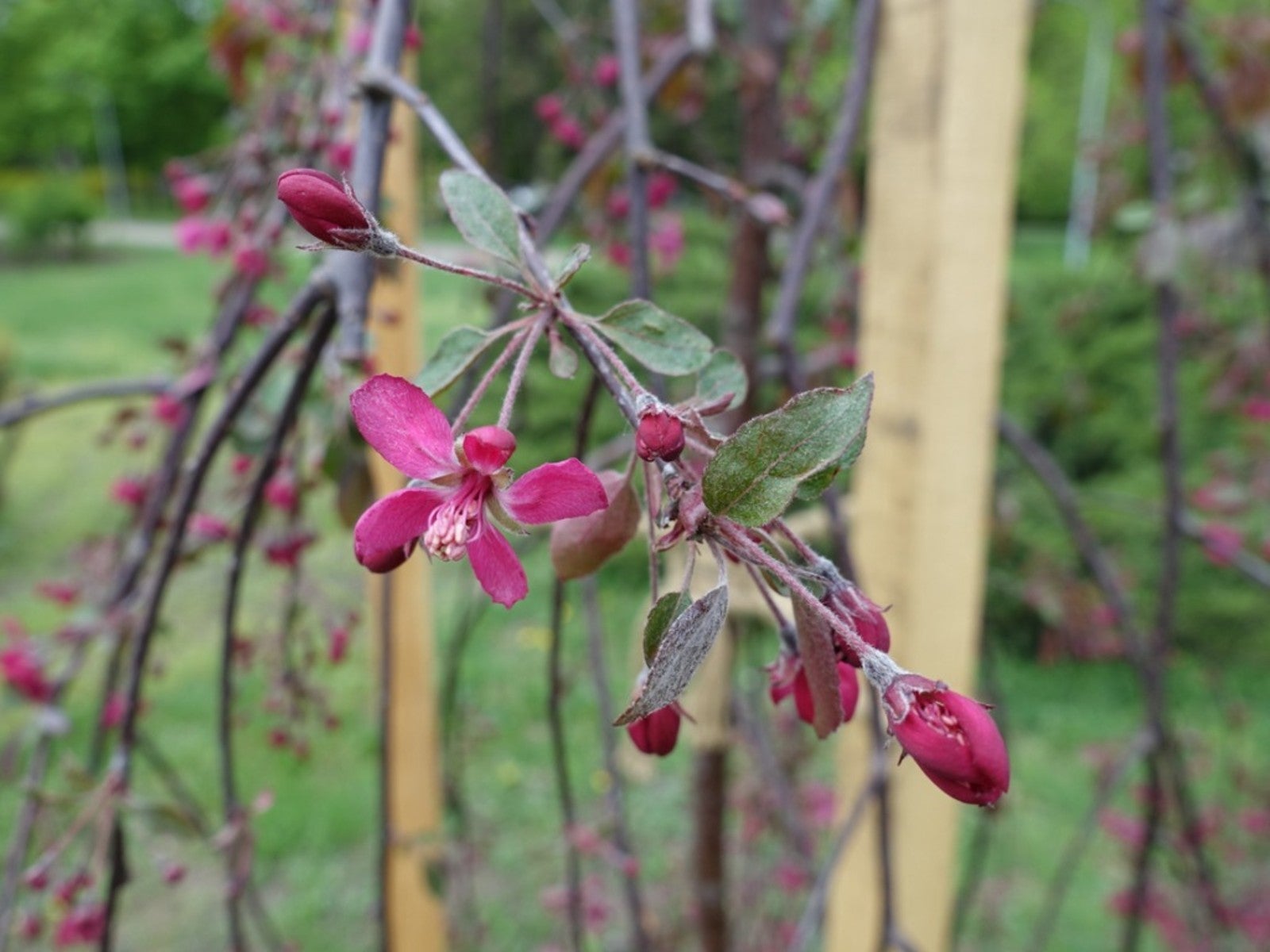 Weeping Crabapple Pruning – Tips For Trimming A Weeping Crabapple
Weeping Crabapple Pruning – Tips For Trimming A Weeping CrabappleTrimming a weeping crabapple is essential to keeping it healthy and blooming. If you are wondering how to prune a weeping crabapple, read on for info and tips.
By Teo Spengler
-
Ralph Shay Crabapple Care: Growing A Ralph Shay Crabapple Tree
Ralph Shay crabapple trees are mid-sized trees with dark green leaves and an attractive rounded shape. These crabapples are on the large side and are suitable for growing in USDA plant hardiness zones 4 through 8. Click this article to learn more about them.
By Mary H. Dyer
-
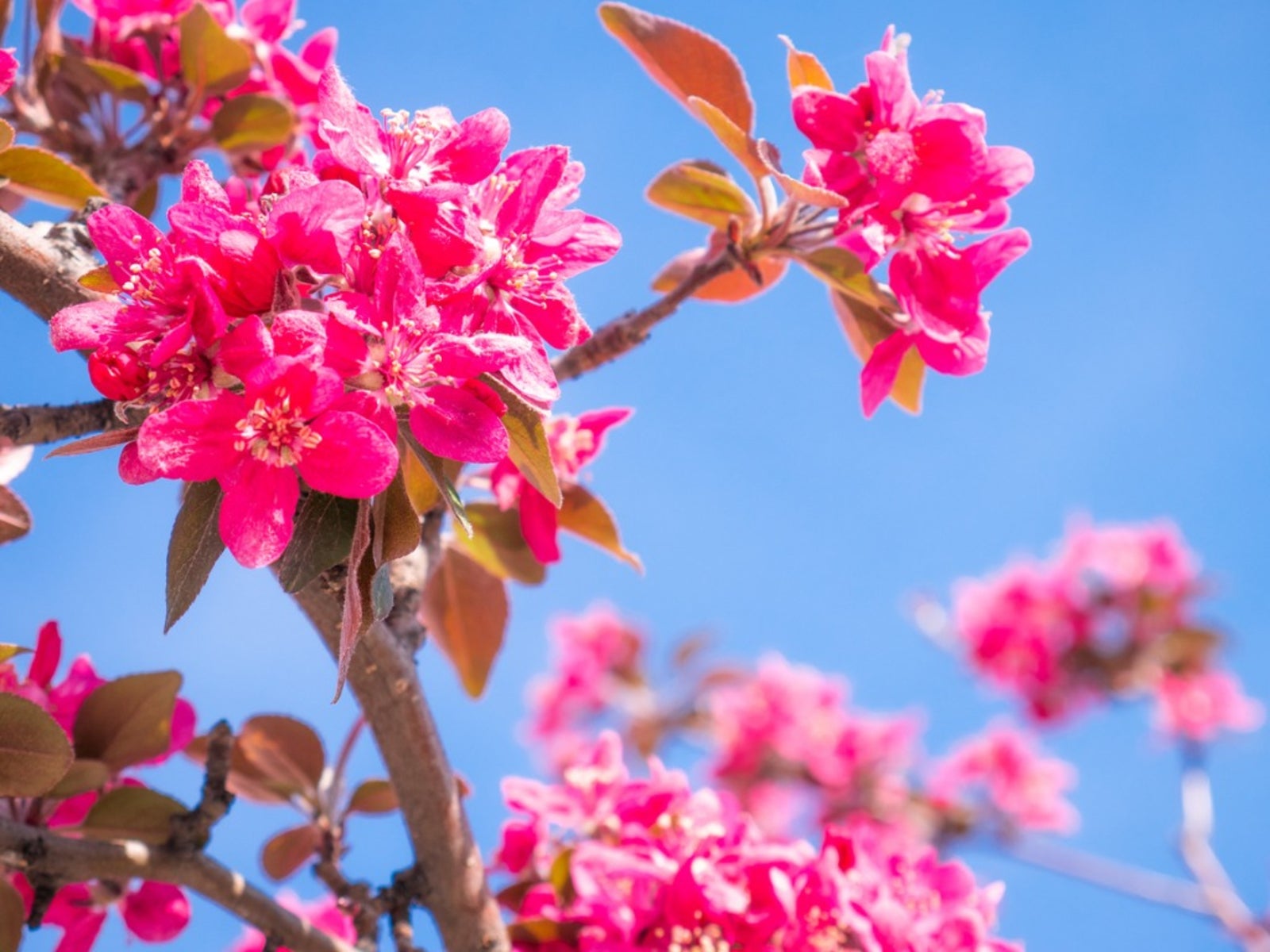 Royal Raindrops Crabapples – Learn About Growing A Royal Raindrops Tree
Royal Raindrops Crabapples – Learn About Growing A Royal Raindrops TreeRoyal Raindrops flowering crabapple is a newer crabapple variety with bold pinkish-red flowers in spring and dark green leaves that turn a bright coppery red in autumn. Interested in growing a royal raindrops tree in your garden? Click here for more information.
By Mary H. Dyer
-
Adams Crabapple As A Pollinizer: Tips For Growing An Adams Crabapple Tree
Beautiful the tree may be, but there is another important reason for growing an Adams crabapple; it is a great choice for pollinating other varieties of apple. Click here to find out how to grow an Adams crabapple and information about Adams crabapple care.
By Amy Grant
-
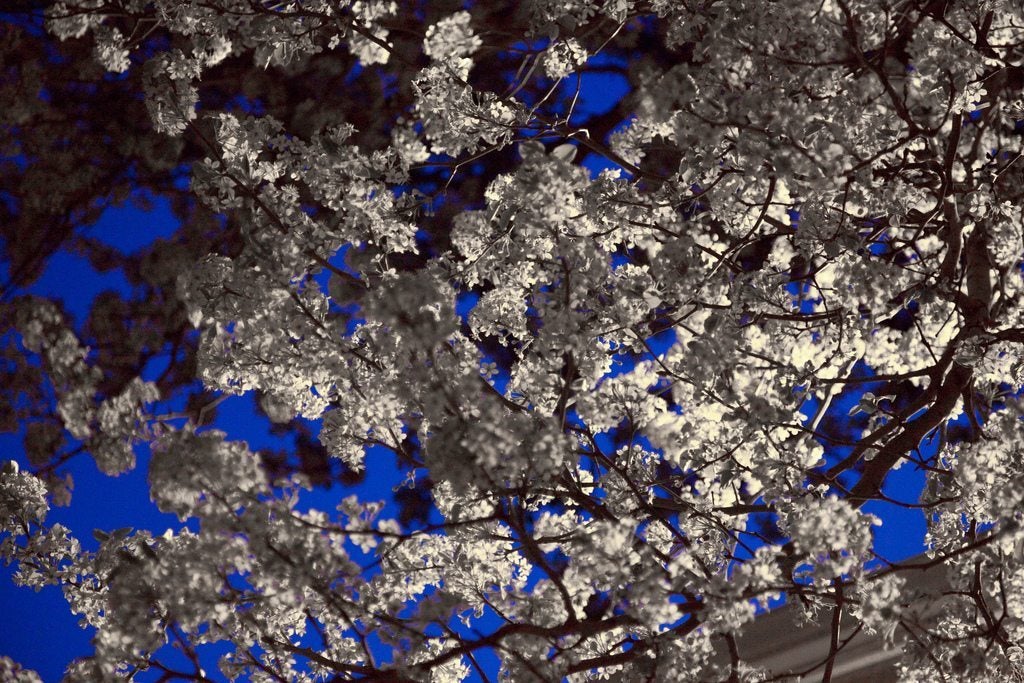 Spring Snow Crabapple Care: How To Grow A Spring Snow Crabapple Tree
Spring Snow Crabapple Care: How To Grow A Spring Snow Crabapple TreeIf you are looking for a fruitless crabapple tree, you might want to think about growing "Spring Snow" crabapples. Click on the article that follows for tips on how to grow a "Spring Snow" crabapple and other information.
By Teo Spengler
-
Camzam Apple Info: Learn About Camelot Crabapple Trees
Even if you lack a large garden space, you can still grow one of the many dwarf fruit trees such as the Camelot crabapple tree. Find out how to grow a Camelot crabapple and other Camzam apple info related to Camelot crabapple care in this article.
By Amy Grant
-
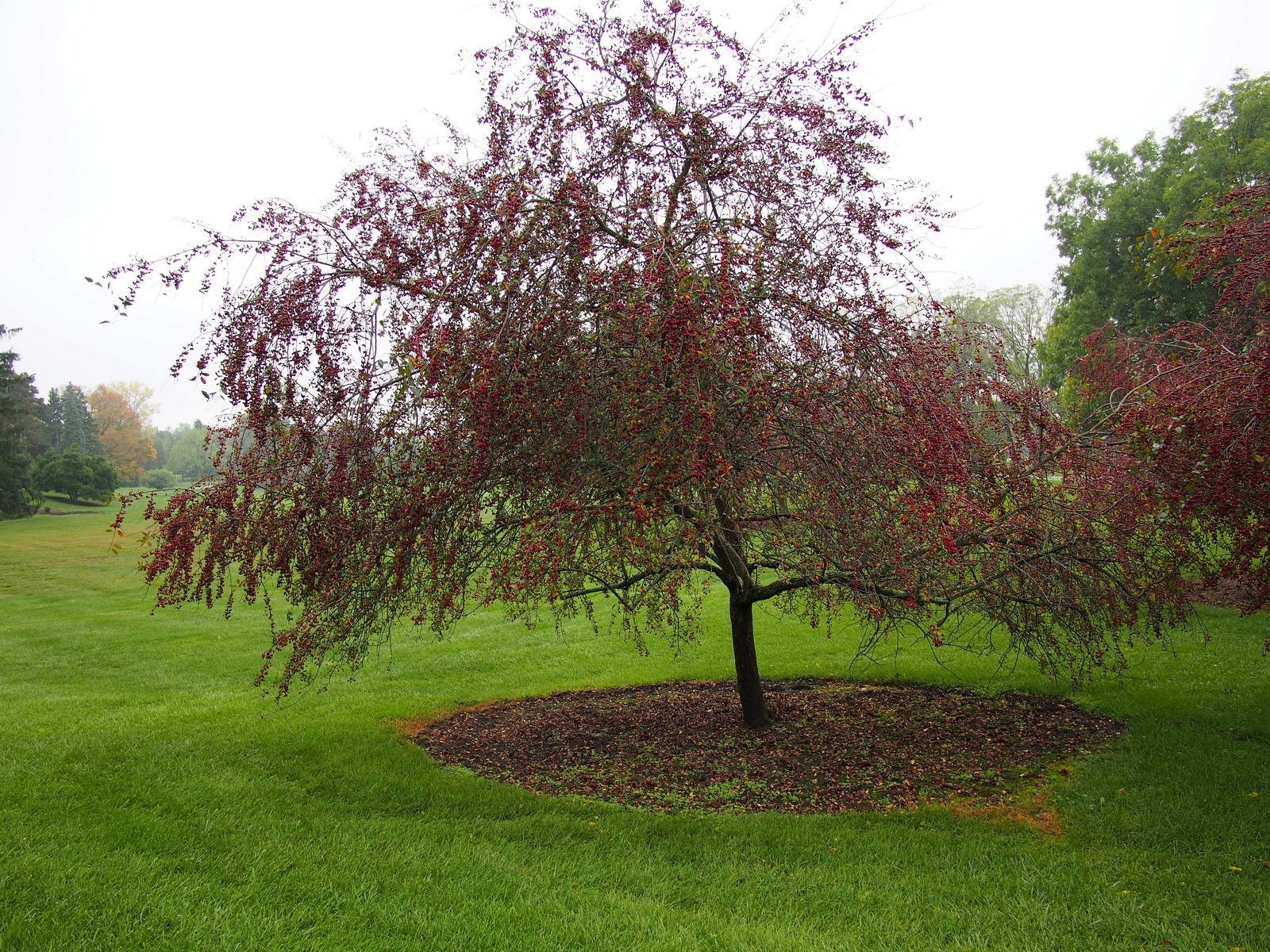 Prairifire Crabapple Information : Learn About Growing Prairifire Trees
Prairifire Crabapple Information : Learn About Growing Prairifire TreesPrairifire is a flowering crabapple with high disease resistance, ease of care and several seasons of beauty. The tree is outstanding as an ornamental specimen in the landscape and the fruits of the tree are important food for wild animals and birds. Learn more here.
By Bonnie L. Grant